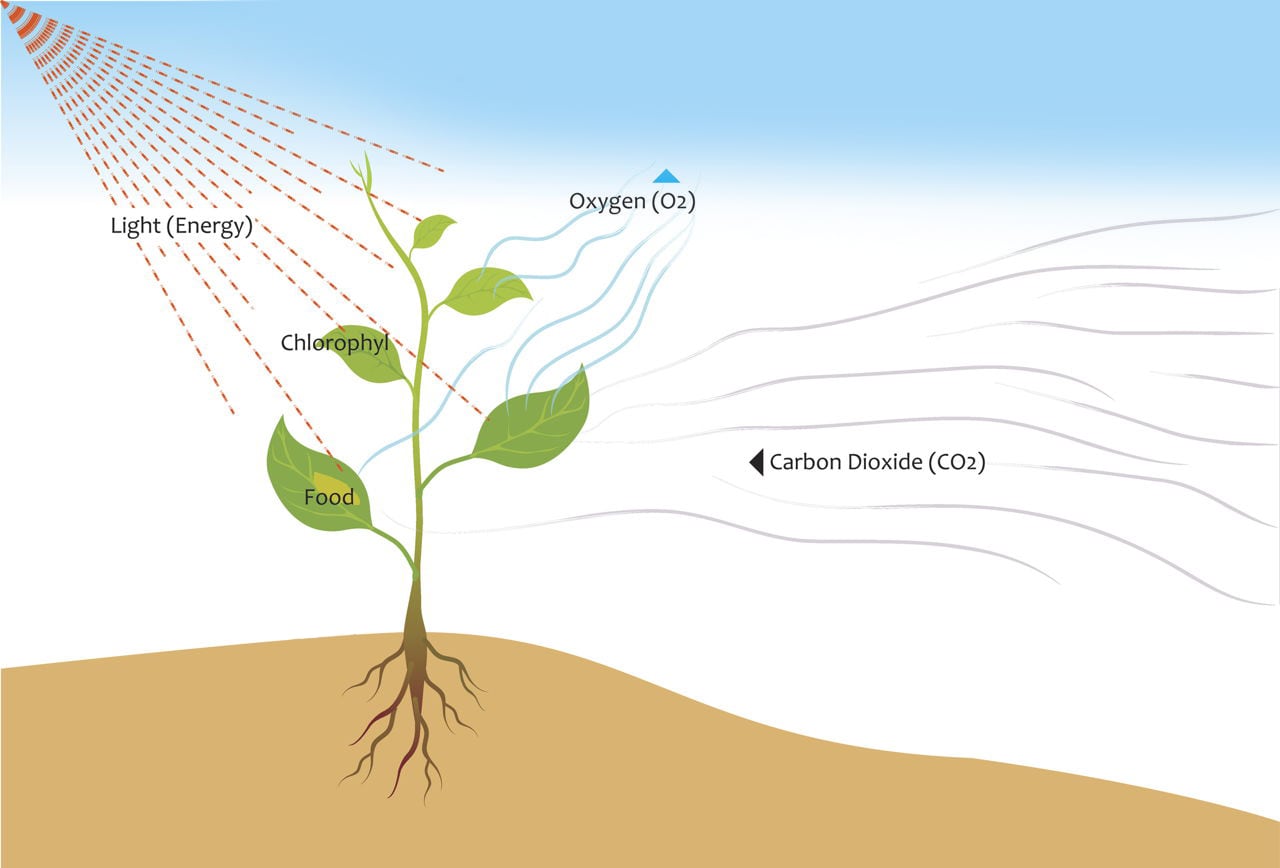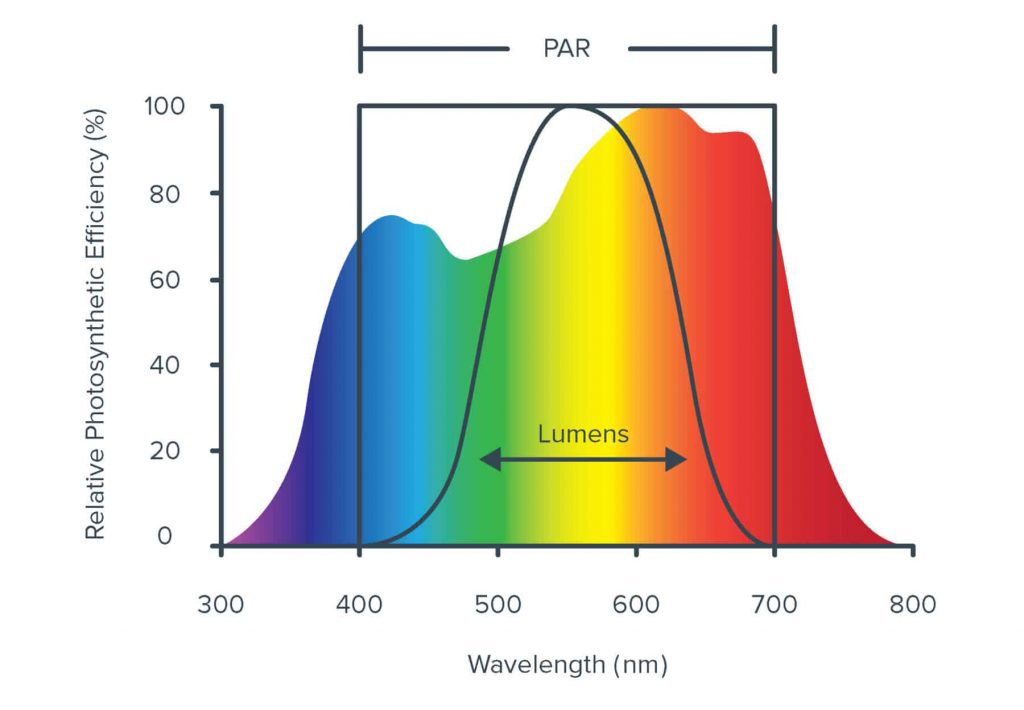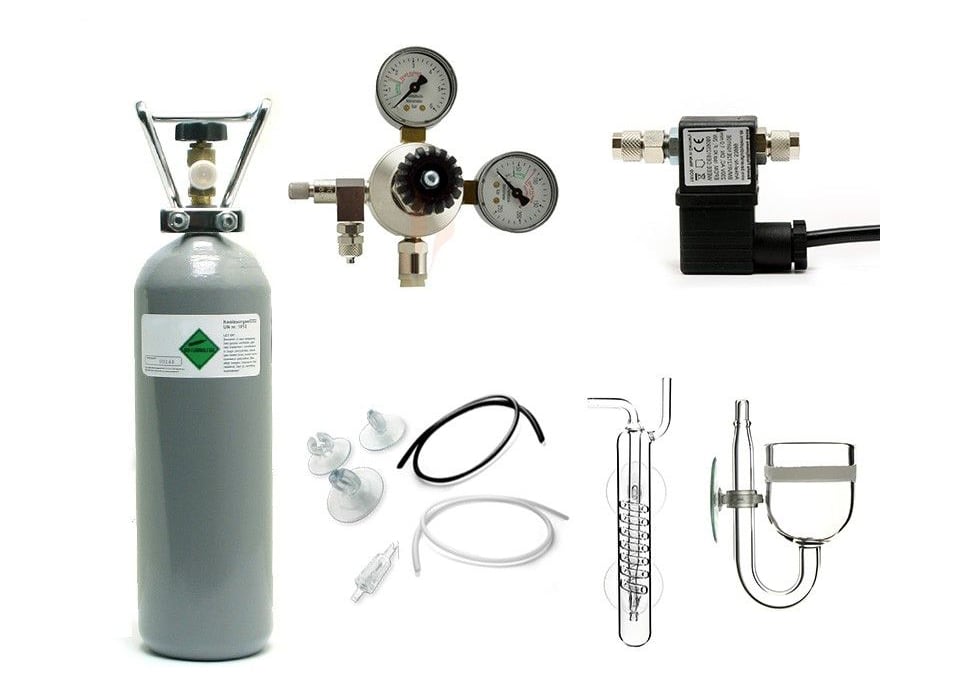Aquascaping Plants
Aquatic plants have the most important role in Aquascaping. They help sustain life in your planted tank as well as create a captivating display of lush greens, reds and violets. A basic understanding of the requirements of these plants and how to care for them is an essential thing to master if you want to get ahead in Aquascaping.
Knowing how aquatic plants work - the biological process that occurs in them, and how to create the optimal conditions in your planted tank, are the main starting points in your Aquascaping journey.
Aquatic plants in nature
Aquatic plants have an important role in the lake or river’s ecosystem
In the natural world, most aquatic plants can be found in the shallow areas or littoral zones of lakes and rivers. The plants have an important role in the lake or river’s ecosystem: they pose as an important habitat for fish and they’re a great source of oxygen for all organisms living in the water.
Lush areas of aquatic plants are known to become a refuge for prey and a suitable environment for fish looking to spawn.
Another important role that aquatic plants have, is that of cleaning the waters of pollutants and excess sediments.
What is an aquatic plant?
Aquatic plants are also referred to as hydrophytes or macrophytes
Briefly speaking, an aquatic plant is a plant that has adapted to the living conditions of aquatic environments like lakes, rivers (freshwater) or seas and oceans (saltwater). Aquatic plants are also referred to as hydrophytes or macrophytes.
Photosynthesis
Transforming sunlight energy into plant food
Photosynthesis is the exchange of oxygen and carbon dioxide that take place within a plant with the help of light’s energy. During this process, CO2 is absorbed and O liberated.
Tiny pores found on a plant’s leaves or stems, called stomata, are in charge of allowing these 2 gases to enter or leave its body. The transfer is powered by light and tiny green pigments called chlorophyll, found in a plant’s cell.
These pigments then chemically combine carbon dioxide and water to produce simple sugars such as glucose, an important source of energy.
During this process, oxygen is released back into the water as a waste or by-product. Is then being used up by organisms such as bacteria or fish and invertebrates. Excess oxygen is transferred into the atmosphere at the water surface.

An important thing to remember is that photosynthesis is most active in the blue and red sections of the light spectrum. Take this into consideration when choosing an effective aquarium light system.
In the natural world, a plant has little control over the rate of photosynthesis. Various environmental factors influence the productivity levels of a plant’s photosynthetic cells, such as: light intensity, carbon dioxide, nutrients availability in the water and temperature.
In the aquarium setup, these factors can be easily manipulated in order to provide aquatic plants with optimal conditions that lead to more efficient and higher rates of photosynthesis. This in turn will promote faster growth and improved plant health.
Important factors to consider when growing plants in your aquarium
Light, carbon dioxide and nutrients
Light
Light is the first and most important element to consider when starting out with aquascaping. Light conditions provided by the sun in natural environments need to be replicated in the aquarium, taking into consideration a couple of factors. The following factors directly affect the rate of photosynthesis.
Light duration
In order to replicate a plant’s natural conditions, you should strive to provide your tropical plants with up to 8 hours of direct lighting, a timeframe called photoperiod. In new aquascapes, go for lower periods of 5-6 hours in order to avoid algae growth.

Intensity of light
In order to determine the brightness, or intensity, of a given light source we use a measurement unit known as lumen. In turn, the efficiency of that light source is given by the number of total lumens produced per watt of power.
A simple comparison can be made between an incandescent bulb and a fluorescent tube. The former converts a lot of power to heat, rather than light.
When discussing light intensity, another important measurement unit to keep in mind is the lux. Lux values are the equivalent of lumens per square meter. Lux is measured using a tool called luxmeter or lightmeter.
Light intensity requirements vary widely between plants found in nature and is determined by the location where a particular plant grows, be it in an open shallow area of a river or a more shaded part in a lake.
Most aquarium plants can easily adapt to living under light sources with a certain number of lux value, that’s why is very easy today to create aquascapes involving up to 20 types of aquatic plants.
But for comparison purposes, let’s round up some aquatic plants and their lux requirements:
- Under 500 lux - Shaded Cyptocoryne wenddtii and Vesicularia dubyana (Aquatic moss)
- 500 - 1000 lux - Moderate Anubias nana, Aponogeton madagascariensis, Echinodorus sp.
- 1000 - 1500 lux - Bright Bacopa caroliniana, Egeria densa, Ludwigia sp., Marsilea sp.
- 1500+ lux - Very bright Heteranthera zosterifolia, Hygrophila polysperma, Microsorium pteropus, Riccia fluitans, Hemianthus calitrichoides Cuba.
Source of light quality
Visible light ranges from Violet to Red and is described as wavelengths, ranging from 400 to 750 nanometers (abbreviated nm; 1 nm is equal to a billionth part of a metre). This range is called Photosynthetic Active Radiation – PAR.
It is well known that plants use only the Red and Blue light from the spectral chart. There’s a long debate whether Green light is also used, and the common thought is that most of it is being reflected (hence the green color of most plants).

Another light characteristic to take notice of is color temperature. Color temperature is indicated in degrees Kelvin (°K) and specifies the colour of the light. Sunlight has a color temperature of around 6500K, so when choosing an aquarium lamp for your next aquascape, look for values between 5500K and 6500K, in order to replicate natural conditions.
Higher color temperatures (7000-10000K) give off a bluish tint and are more suitable for marine aquariums.

By far the best source of light you can use for your aquascaping plants these days is the one emitted by LED lamps.
Modern aquarium LED fixtures have become so advanced in the last couple of years with most of them packing high-end features like: bluetooth connection with your phone (smart app), remote control, full spectrum settings, preset configurations, 24/7 programmable controls and many others.

Carbon dioxide (CO2)

Aquatic plants feed off the carbon dioxide they found in the surrounding water and substrate. The lack of sufficient carbon dioxide limits photosynthesis and thus prevents healthy and lush plant growth.
In order for your plants to reach their highest potential, you have to provide them with additional CO2. This is easily done with modern CO2 systems that can be purchased online or from aquascaping stores.
Nutrients
It’s a true fact in aquascaping that plants don’t feed only on carbon dioxide. By analysing plant material you’ll discover that it contains not only oxygen, hydrogen and carbon.
But a lot more other elements which are grouped into two categories: macro and micro.
Macro nutrients
Nitrogen (N), Potassium (K), Phosphorus (P), Calcium (Ca), Magnesium (Mg), Sulfur (S).
Micro nutrients
Iron (Fe), Manganese (Mn), Zinc (Zn), Boron (B), Copper (Cu), Molybdenum (Mo), Chlorine (Cl).
Micro nutrients (or trace elements) are vital to a healthy plant growth. Failing to supply your aquatic plants with these elements will result in various deficiencies. Common symptoms include leaves turning brown or melting.
Both macro and micro nutrients are obtained from the substrate with the help of the roots system. Nutrients absorption is also done directly through a plants’ stem and leaves.
Most popular aquascaping plants
There are almost 200 known species of freshwater aquatic plants suitable for the planted tank and some are yet to be discovered. Around 50 are being used in aquascaping today. Colors vary from light green to intense reds and violet. Get to know them all!
Beginner Plants
The so-called Easy plants, these are the most accessible aquatic plants for people just starting with aquascaping. They usually don't require special aquarium conditions like high-light intensity or CO2 addition. Anubias and Cryptocoryne are among the most popular.
Intermediate Plants
Once you got your hands dirty with aquascaping, you can begin tackling more demanding plants like Alternanthera or Echinodorus. These aquatic plants have higher requirements in terms of handling, light and CO2 and they tend to have a higher growth rate.
Advanced Plants
These plants have the highest needs in terms of light quality & intensity and they require high doses of CO2. Adding liquid fertilizers in your planted tank is a must when dealing with these advanced aquatic plants such as HC Cuba, Glossostigma or Utricularia.
Intermediate
Alternanthera reineckii ‘Mini’
Intermediate


